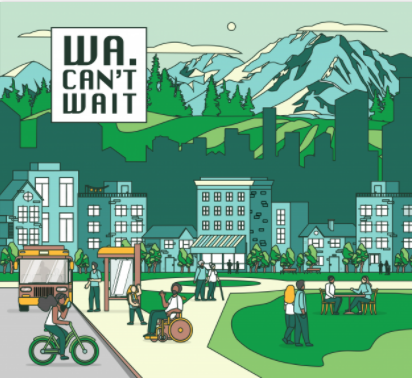Education. Commitment. Opportunity. According to our members, these keywords best encapsulate HDC’s Harvard ManageMentor program. We have officially closed our first year of the program and many teams and individuals across HDC membership took full advantage of the opportunity. Below is feedback we’ve collected about the program.
You can register for HMM Year 2 here.
Year 1 Participant:
I was recently promoted into a junior leadership position, and Harvard ManageMentor seemed like a great way to start thinking of myself as a leader- instead of just an analyst.
Now that you’re in the program, what general factors have been especially important in sustaining high engagement?
The goals I have set within the program, for use throughout the following weeks, have helped me to implement the new skills I’m learning and stay focused on adding what I’m learning to my daily routine. I’ve also included the course as my main development goal for two consecutive annual performance evaluations which drive my wage increase and yearly bonus.
What specific courses have been the most interesting and relevant to you?
I really learned a lot from Feedback and Coaching, as well as Meeting Management. I’m not comfortable being the center of attention, and it’s helped me to have some outside help in getting more comfortable in those areas – setting boundaries in a conversation, tackling difficult topics, and time management.
We often hear that “finding the time” is the biggest obstacle for adult learners with full-time jobs. How did you approached that time challenge?
For the first few months, I was training a new colleague and couldn’t find the time during my regular work schedule to fit it in. Starting in 2021, I was able to carve out a couple afternoons back to back each month to step away from the regular workspace and log in to the month’s session. My manager has encouraged me to complete the work on company time whenever possible.
We also hear that it can be extremely helpful when participants have the chance to share what they’re learning with colleagues in their own workplaces. Have has your team found ways to do that?
The Coaching module gave me the idea to schedule a weekly conversation with my colleague, rather than wait for a fire that needs putting out to talk to each other. He joined the team last year and will be working separately from me and our manager even when we return to the office. I wanted to keep the lines of communication more open than they had been with my former colleagues, and build that relationship so that when I am promoted into a higher leadership position, we have the groundwork in place.
If you’ve already applied what you’re learning to a specific situation at work, can you briefly describe it?
I used the Delegating module to shift the dynamic between me and my colleague. He still had a tendency to come to me for answers that were easily found in our internal and external resources, so I started directing him back to those for the answers rather than just giving him the information. This has freed up more of my time and also empowered him to know where to go for answers on his own. He still comes to me if he doesn’t understand a policy or process, but now he knows where to start.
Anything else would you like to share with HDC, with other participants, and/or with future participants?
I really appreciate the opportunity to learn and grow using this program. When my manager approached me with the idea, it felt like a heavy lift, especially with the recent turnover on our team. But it has been a pleasure to hear all the anecdotes from diverse and interesting people in all kinds of different fields, and really helpful to watch the “Right and Wrong” videos acting out scenarios to show more useful ways to interact with one another. I’m really pleased with the way this program has been put together, and I would recommend it to colleagues and friends who want to get more comfortable with seeing themselves as leaders.
Rafn Company on their experience with the program:
Finding a good external leadership training course is difficult and finding one with room for a Rafn cohort is really unique. The idea of a potentially ongoing source with a proven curriculum was too good to pass up. The structure could allow us to build a group of graduates over 3 – 5 years that would be really strong leaders. And the networking is a real plus.
Now that you’re in the program, what general factors have been especially important in sustaining high engagement?
The structure that we put in place with internal meet-ups for our four participants has created real accountability amongst our team. Also having management interested and engaged with participants and seeing what they are learning. We think the café’s have strong potential if more people used them consistently.
How have the group café discussions been going? What has another café participant shared that has resonated with you or caused you to think differently about something?
The cafes help to keep people on track with the course work and are a good chance to network. Sharing would perhaps be more forthcoming if the cafes could meet in person. Sometimes sharing personal stories over Zoom with strangers is a bit more difficult. From our internal meetups, it was interesting to learn that a couple of our cohort did not previously view themselves as leaders, but the program has opened their perspectives..
We often hear that “finding the time” is the biggest obstacle for adult learners with full-time jobs. How did the Rafn team approached that time challenge?
Despite the fact that we have encouraged our people to use their time at work to help get the homework done, they all report that uninterrupted time is key to learning and retaining the information. That has led most to doing the sessions from home. The plus is that it is super accessible and you can do the courses from anywhere.
We also hear that it can be extremely helpful when participants have the chance to share what they’re learning with colleagues in their own workplaces. Has Rafn found ways to do that?
Our group of four participants meets once a month for an hour (via Zoom). They share what they are learning and what they are experiencing as they work through the course. We think that has really added value to the program for our team. Every one of our participants has expanded their leadership role within the company over the past year of the program, so the trickle down effect is in play at multiple levels on a daily basis.
Anything else would you like to share with HDC, with other participants, and/or with future participants?
Any technical staff would benefit from these courses. It is the kind of training that isn’t common in our industry. It really teaches how to better interact with others to get results and build camaraderie. Others suggest taking full advantage of the conversation cafes.





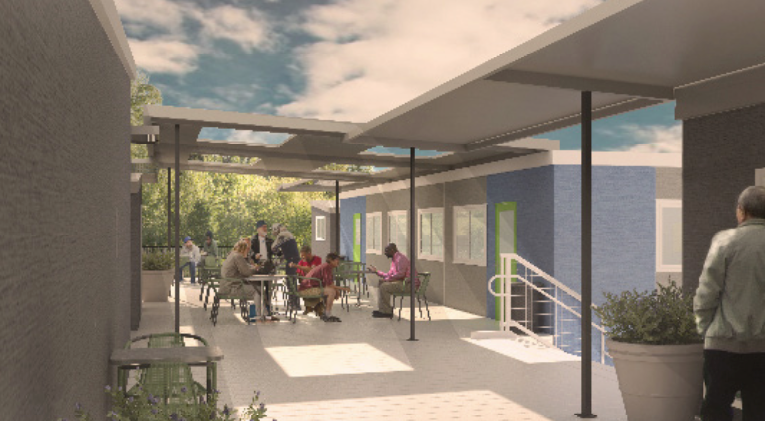





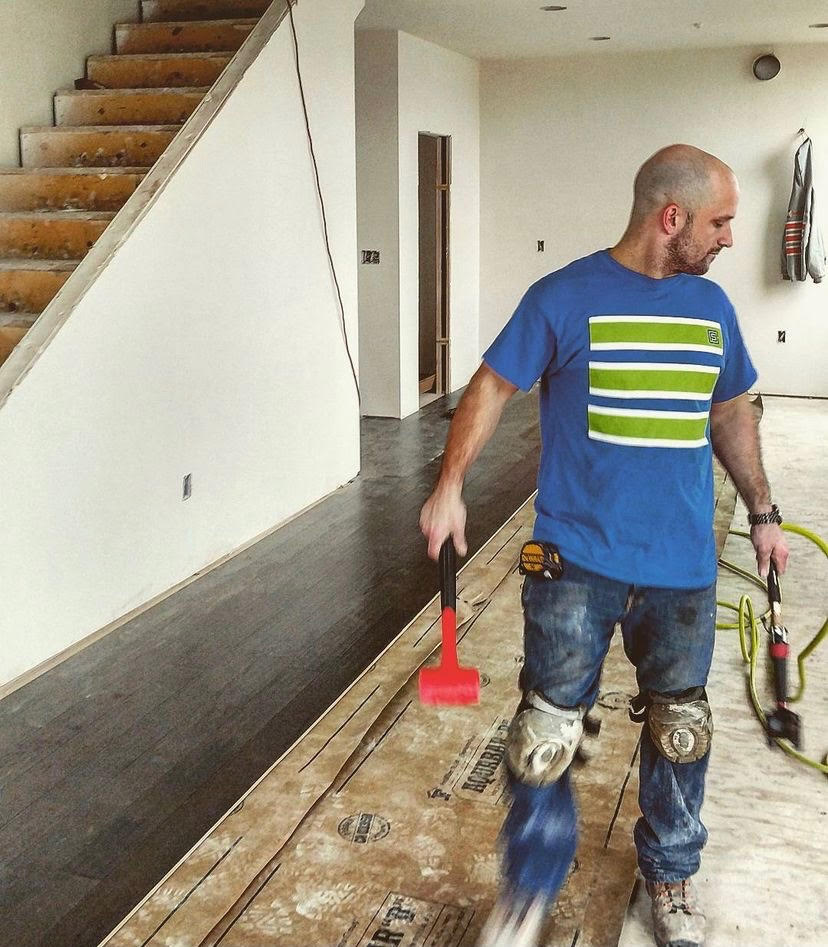



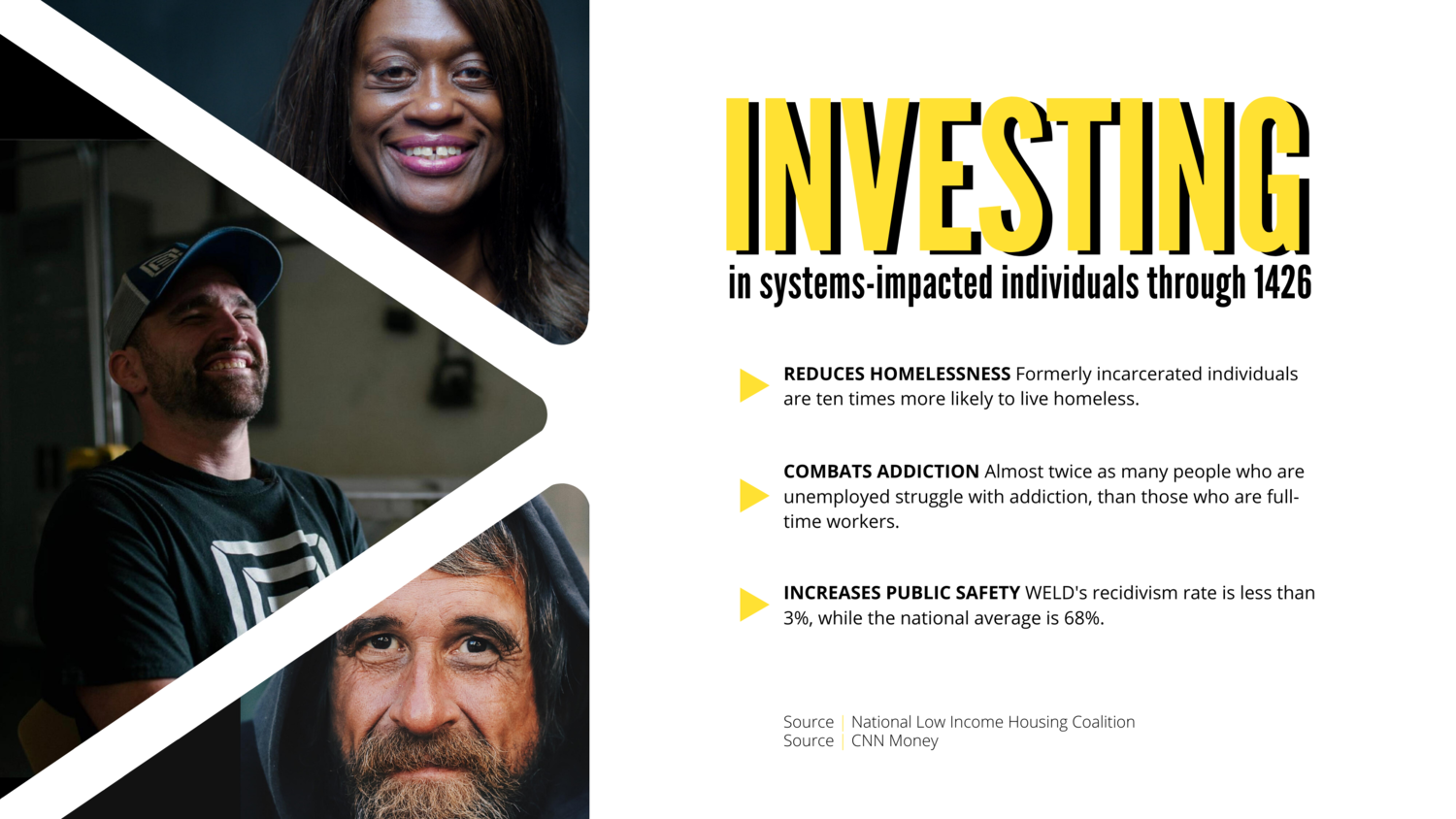

 Joshua Janet
Joshua Janet
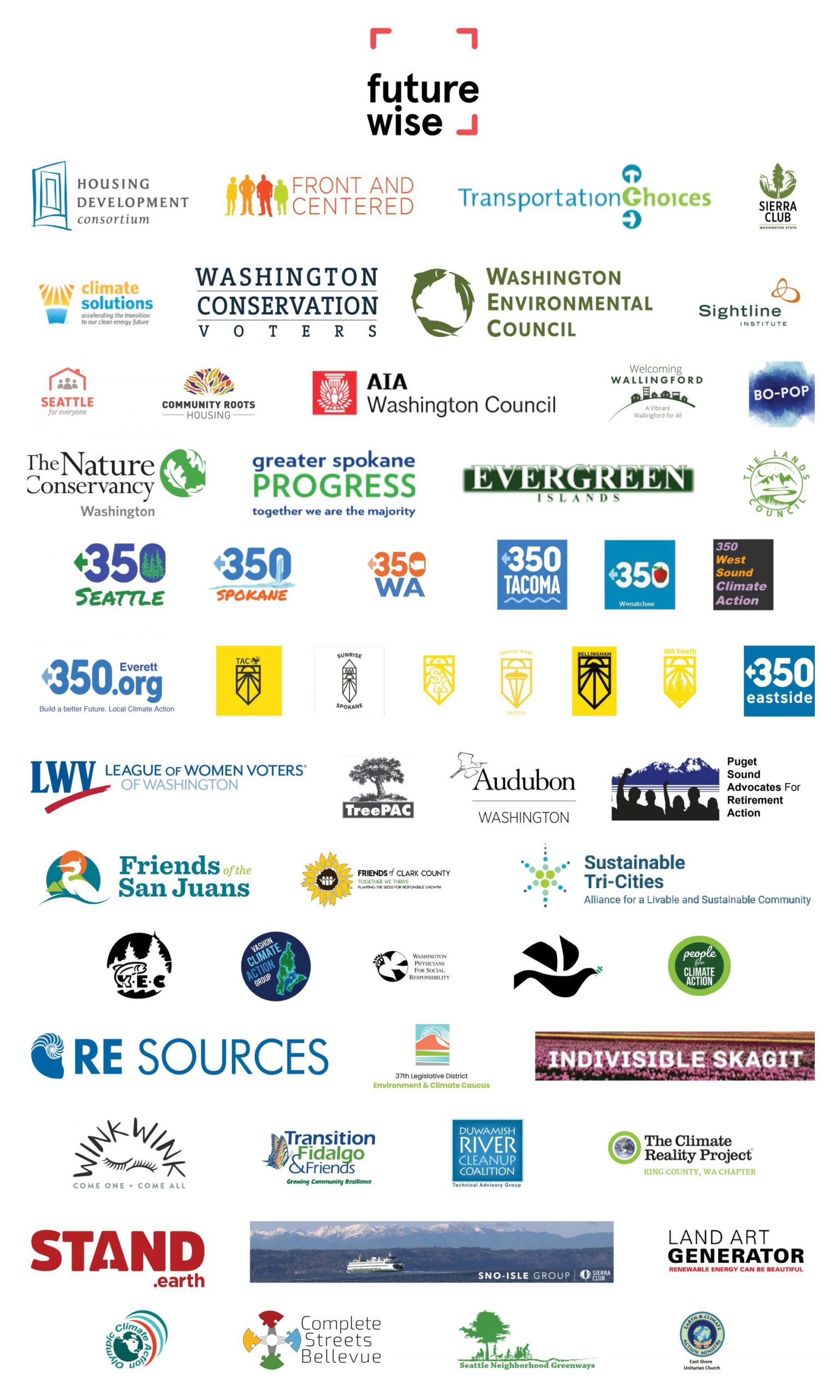
 In November, we kicked-off our Housing, Equity, and Environment series by
In November, we kicked-off our Housing, Equity, and Environment series by 

